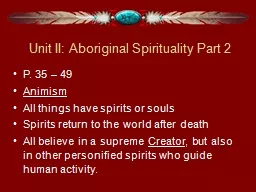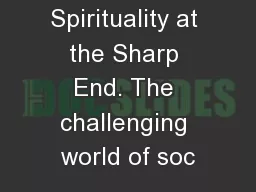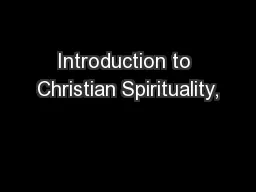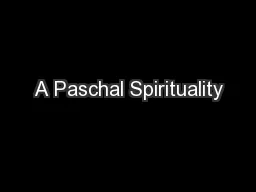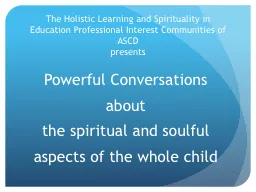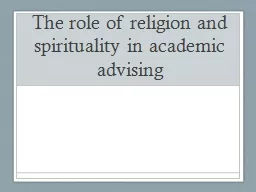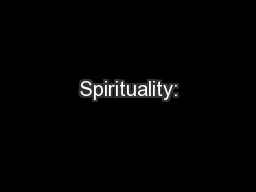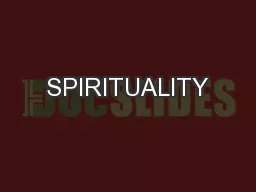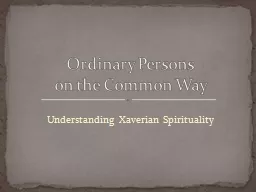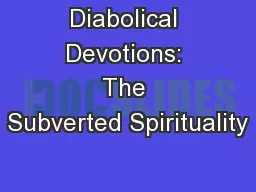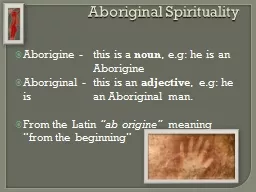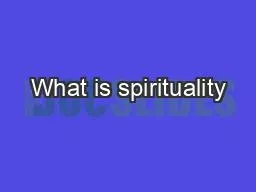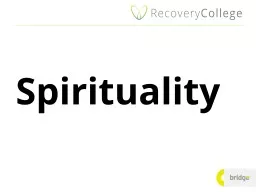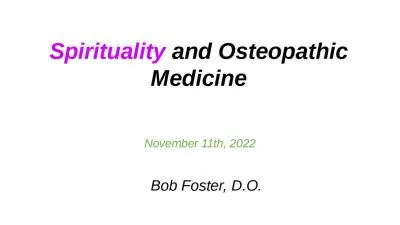PPT-Unit II: Aboriginal Spirituality Part 2
Author : liane-varnes | Published Date : 2018-01-06
P 35 49 Animism All things have spirits or souls Spirits return to the world after death All believe in a supreme Creator but also in other personified spirits
Presentation Embed Code
Download Presentation
Download Presentation The PPT/PDF document "Unit II: Aboriginal Spirituality Part 2" is the property of its rightful owner. Permission is granted to download and print the materials on this website for personal, non-commercial use only, and to display it on your personal computer provided you do not modify the materials and that you retain all copyright notices contained in the materials. By downloading content from our website, you accept the terms of this agreement.
Unit II: Aboriginal Spirituality Part 2: Transcript
Download Rules Of Document
"Unit II: Aboriginal Spirituality Part 2"The content belongs to its owner. You may download and print it for personal use, without modification, and keep all copyright notices. By downloading, you agree to these terms.
Related Documents

